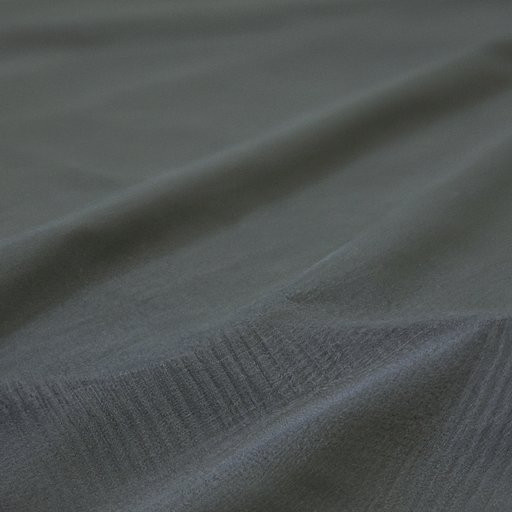Exploring Twill Fabric: Understanding Its History, Uses, and Care
Twill is a woven fabric that has been around for hundreds of years. It is known for its beautiful diagonal pattern and its durability. Twill is a versatile textile that can be used in various applications, from everyday clothing to military uniforms. In this article, we will explore the history of twill fabric, its uses, and how to care for it.
The History of Twill Fabric
Twill fabric has a long history that can be traced back to around 5000 BC in ancient Egypt. It was primarily used for clothing and household textiles. The fabric gained popularity in Europe during the Middle Ages and became a luxury item during the Renaissance.
In the 18th century, twill fabric was made using hand-powered looms. The Industrial Revolution brought about the mass production of twill fabric, making it accessible to more people. The fabric’s durability and usefulness were recognized, and it became widely used in military uniforms and workwear.
Understanding Twill Weave Fabric
Twill fabric is made by weaving the yarns in a specific way. The weave creates a diagonal pattern that is prominent on one side of the fabric. The pattern is created by passing the weft yarns over and under several warp yarns. The resulting diagonal pattern is called a twill line.
Twill fabric is durable due to the way it is woven. The diagonal pattern makes the fabric resistant to wear and tear. This is why twill fabric is preferred for applications that require tough and durable textiles, such as military uniforms and workwear.
The Uses of Twill
Twill fabric is used in a multitude of applications. It is a popular material for everyday clothing such as jeans, jackets, and pants. The diagonal pattern adds texture to the fabric, making it more interesting to look at.
Twill is also a popular choice for military uniforms. The fabric’s durability and toughness make it ideal for uniforms that need to withstand harsh conditions and rough use.
Twill fabric is used in other applications as well. It is commonly used in upholstery and home decor textiles. The durable fabric is resistant to wear and tear, making it ideal for high-traffic areas.
How to Care for Twill Fabric
Caring for twill fabric is simple. It is a tough fabric, but proper care can prolong its life span. Follow these tips to keep twill fabric looking its best:
– Wash twill in cold water.
– Use a gentle detergent.
– Avoid bleach and fabric softeners.
– Dry twill on low heat or hang it to air dry.
– Iron twill on a low setting.
The Beauty of Twill
Twill fabric adds texture to any outfit. It is a versatile textile that can be dressed up or down. Twill jackets and pants are a popular choice for a casual, yet put-together look. The diagonal pattern adds visual interest to the fabric.
Twill can be styled in many different ways. It pairs well with other fabrics such as cotton and wool. It can be layered for a cozy look or dressed up with accessories for a more formal look.
Comparing Twill with Other Fabric Types
Twill fabric has several advantages over other types of fabric. Its durability and toughness make it ideal for workwear and military uniforms. It is also resistant to wrinkles, making it a popular choice for travel clothing.
This fabric also comes in different blends and variations such as cotton twill, wool twill, and polyester twill. These blends have their unique properties and advantages such as better breathability, absorbency, and softness.
The Future of Twill
Twill fabric has come a long way from its humble beginnings. Innovations in fabric technology are constantly being developed to improve its properties and expand its applications. High-performance twill fabrics are being developed for athletic wear, while eco-friendly twill fabrics are being developed for sustainability purposes.
In conclusion, twill fabric has a long and rich history. It has become a popular fabric due to its durability, toughness, and versatility. Twill fabric is used in various applications, from everyday clothing to military uniforms. Proper care can prolong the life span of twill fabric, ensuring that it will remain a popular choice for years to come.
